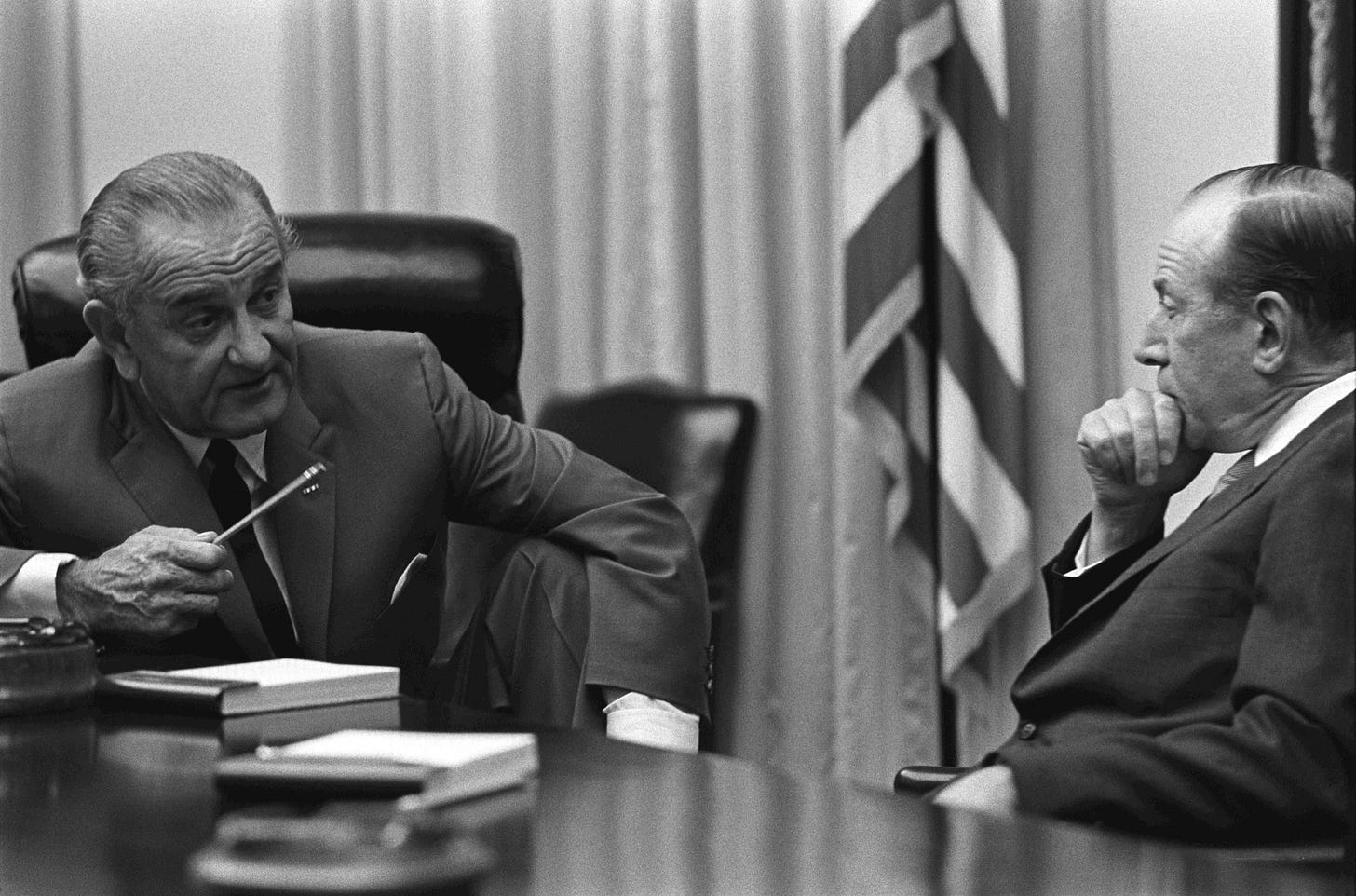Matt Gaetz meets the Senate
The Senate GOP has the power, should it choose to exercise it, to block Trump's controversial appointments

In 1968, President Lyndon Johnson nominated his confidante Abe Fortas, an associate justice on the US Supreme Court, to fill the position of Chief Justice, succeeding Earl Warren.
Even though Johnson’s party, the Democrats, held 64 seats in the Senate, the lame duck president’s supporters weren’t able to muster enough votes to overcome opponents, who raised concerns about the Supreme Court’s liberal rulings under Warren along with a variety of issues with the nominee. (Fortas would wind up resigning from the court in 1969 over an ethics issue.)
Johnson couldn’t unilaterally make Fortas the chief justice because of the power spelled out in Section 2 of Article II of the U.S. Constitution: The President “shall nominate, by and with the advice and consent of the Senate, other public ministers and consuls, judges of the supreme court, and all other officers of the United States…”
That “a…
Keep reading with a 7-day free trial
Subscribe to Now It's History to keep reading this post and get 7 days of free access to the full post archives.


